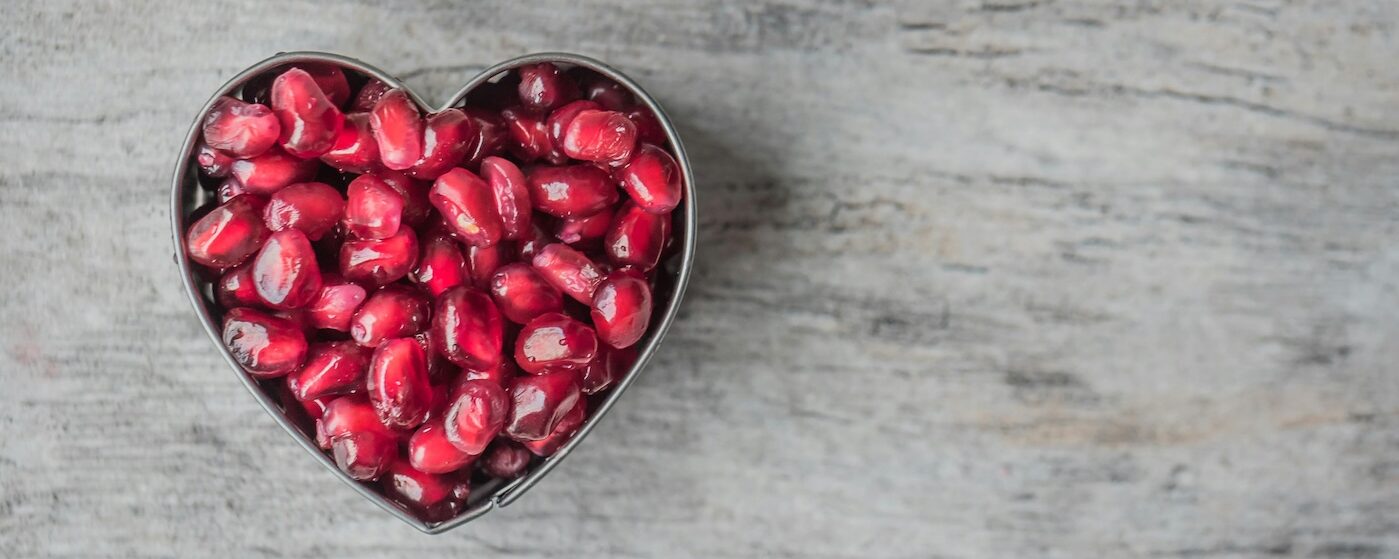
Our body is like a finely tuned machine. But when some parts – like bones and joints – don’t work properly, we suddenly realize how essential they are for daily life. Even simple things like getting out of bed, walking up stairs, or tying your shoes become a challenge when something goes wrong. That’s why it’s so important to take care of our bones and joints – not just when we get older, but throughout our lives. And when it comes to keeping them healthy, three things play a key role: vitamin D, calcium, and – surprisingly – plain old movement.
Bones – The Body’s Framework
Bones aren’t just stiff rods that hold us up. They’re living tissue that constantly regenerates, responds to stimuli, and needs proper nutrition. Most of the calcium in the body – about 99% – is stored in the bones. So it’s no surprise that calcium is essential for strong, resilient bones. Without enough calcium, bones become weak, brittle, and more prone to fractures or conditions like osteoporosis – especially later in life.
But it’s not enough to just flood your body with calcium. You also need to direct it properly – to get it where it belongs: into the bones. And that’s where vitamin D comes in. Think of it as the smart delivery guy that helps transport calcium from your intestines into your bloodstream, and then on to your bones. Without vitamin D, calcium is like a tourist without a map – it’s in the body, but has no idea where to go.
Vitamin D – The Sunshine Buddy
Vitamin D is a bit of an oddball among vitamins. Our body can actually make it on its own – when we’re exposed to sunlight. Just 10–20 minutes a day with bare arms and face is often enough for the body to produce plenty. But in countries with long winters and lots of grey skies (hello Slovakia!), it can be hard to get enough naturally. In winter, we’re indoors most of the time, and when we do go out, we’re all bundled up.
In those cases, it makes sense to consider vitamin D supplements or to get it from foods – like fatty fish, eggs, or fortified dairy products. And this isn’t just a problem for seniors – younger people who spend most of their day at a desk are at risk too. Which, let’s face it, is most of us these days.
Movement – Lubricant for Joints and a Workout for Bones
When we think of movement, we usually think about muscles, fitness, or losing weight. But regular physical activity is one of the best ways to protect bones and joints. Bone tissue responds to pressure and impact – the more we use it, the more it rebuilds and strengthens. On the other hand, what we don’t use, we lose. That’s why people who are bedridden for long periods quickly lose bone mass.
Joints, on the other hand, are like door hinges – if you don’t open and close them regularly, they start to creak. Movement improves circulation, helps the flow of synovial fluid (which acts as a lubricant), and strengthens the muscles that stabilize the joints. Great options include walking, swimming, cycling, and yoga. But don’t forget about exercises that help build bone mass – things like light strength training, jumping in place, or walking uphill.
What Else Helps?
Beyond the three big players – calcium, vitamin D, and movement – overall lifestyle matters too. Smoking, excessive alcohol, salty foods, and a lack of protein can weaken your bones. On the flip side, a varied diet rich in vegetables, legumes, seeds, and dairy supports bone health. Other nutrients like magnesium, vitamin K2, and omega-3 fatty acids can also play a role in keeping your musculoskeletal system in good shape.
And of course, genetics play a part. Some people are born with naturally strong bones, while others need to be more proactive. But no matter your starting point, the key is taking care of your body early – not waiting until something starts to hurt.
Conclusion
Bones and joints are like the infrastructure of the body. If we want them to carry us comfortably through life, we have to care for them continuously. Enough calcium, sufficient vitamin D, and regular movement are simple but powerful tools for staying strong and flexible well into old age. And the sooner we start, the longer we’ll enjoy a pain-free, active life. So… how about a walk today?
